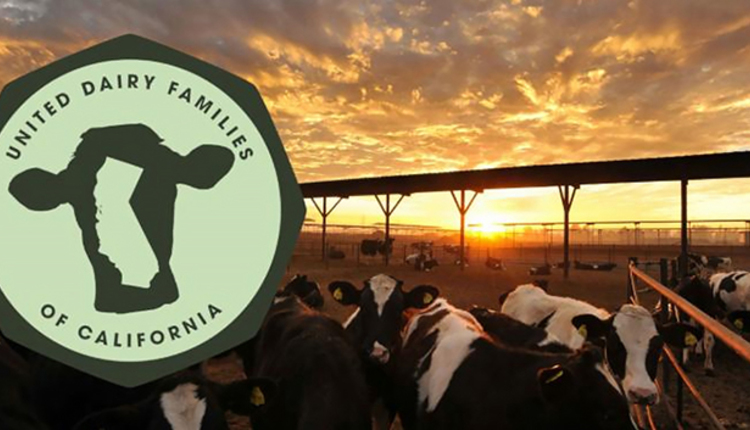
There are bad apples in every industry’s barrel, including dairying.
In an age of instantly sharing images, backlash to a single bad apple can spoil an industry’s reputation overnight. Repairing it can take months or years — or it may never happen.
In the past, dairying’s image killers were roadside eyesore farms. Then it was poor milk quality, flagrant pollution incidents, and residue violations.
Today, the very high-profile black eyes are caused by animal abusers.
The U.S. currently has over just 37,000 licensed dairy farms. As a group they have never been better. Even so, the hard question is not does the industry need all of them, but does it want all of them?
Ask the question
An even harder question is does dairying have the guts to ask it? And hardest of all is what will the answer be?
At last month’s Dairy Cattle Welfare Council Symposium in Orlando, Fla., a prominent Western veterinarian asked it out loud for everyone to hear.
Near the end of his presentation on the value of animal care evaluations and audits, Brandon Treichler, D.V.M., quality control veterinarian for Select Milk Producers (pictured above) said, “What should the dairy industry do about bad farms?”
It is a discussion that has yet to take place throughout the industry and may be impossible to avoid.
Select is not a big co-op; it has just 107 shippers in six Southwestern and Midwestern states. But it is big in cow numbers; the average farm’s herd size is 2,900 cows.
And it appears that Select has already discussed the bad farms question, since Treichler told the audience he has made a commitment to co-op members “to defend what is defensible, but not what isn’t.”
Now the big question for the rest of the dairy industry is will it do likewise?








